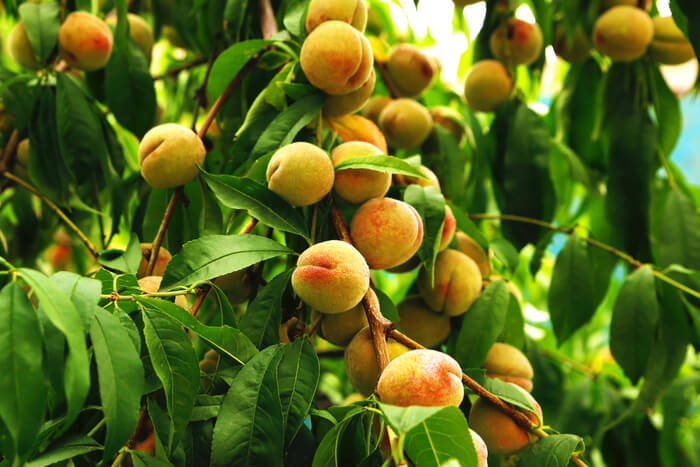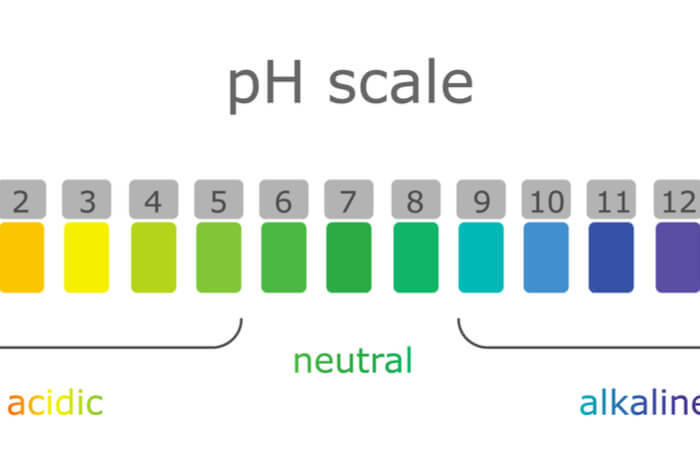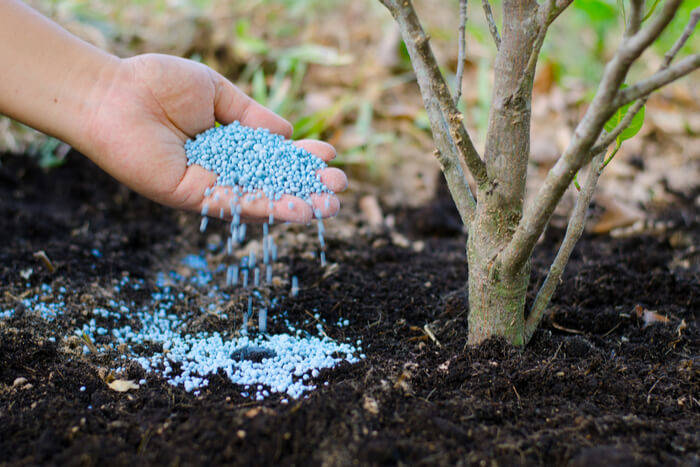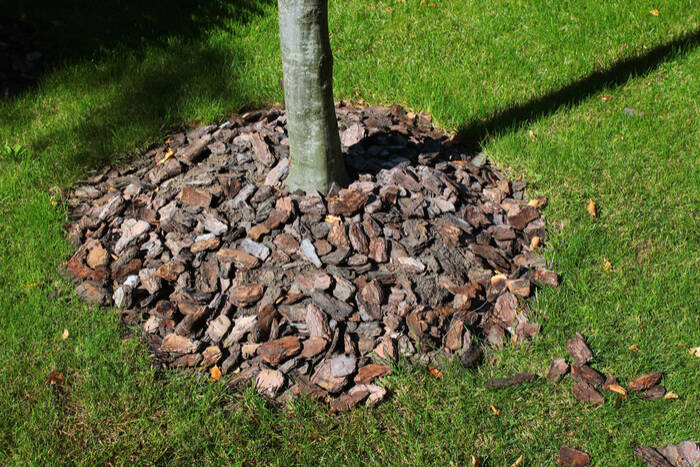The Chinese have cultivated peach trees for thousands of years and have passed down numerous tips to subsequent generations as to how to take care of peach tree. These trees boast of fresh aromas, beautiful flowers, attractive hues as well as tasty fruits and all these factors make them quite attractive to gardeners. However, dealing with these trees is not always a peachy experience as they do have some downsides.

For one, they are very vulnerable to pests and diseases, and you have to be on the lookout for any sources of attack. Something small could quickly put an end to your source of fruits. Also, they do not live long. Given that you have to wait about two to three years to harvest their fruits, it is a downer when you realize that the tree will serve you for only about fifteen years. And that’s for the well-kept trees.
Trees affected by pests as well as other sources of damage are likely to serve you for less than seven years. Seeing all these statistics can be a bit disheartening, but the good news is that there is a way around all this. You see, if you work to mold your tree into a healthy plant with a solid foundation, you will not have many hurdles in your way, and you can thus enjoy healthy fruits for a long time. It all comes down to what care practices you have in play.
pH Levels
Many gardeners understand that high or low levels of pH can be problematic when planting these trees. However, you will find that most people tend to deal with this issue towards planting time. Though it works, it may not be the most effective option. Here’s a great idea. Suppose you plan on planting your tree in the next six months, get your soil tested now so that you can make any necessary modifications in advance.

Planting
You will notice that care is a continuous process that begins at planting time. Choosing a tree is not all about going with the one with the brightest hue, but it all comes down to whether the given variety can thrive in your current climatic conditions. Start by visiting a local nursery and viewing the options before engaging an expert on what tree is best for you. As you do so, request a rootstock with resistance to pests and diseases. You should also get a cultivar that will help you achieve the kind of peaches you want, regarding the size as well as the type.
As for the properties of the chosen tree, if you are not starting from a pit, ensure that the plant is at least a year old. Additionally, it should measure at least four feet and should have a healthy root system. Also, ensure that the tree has a diameter in the ranges of half an inch.
When planting the tree, ensure that you do so during spring when it does not have many leaves. Avoid planting the tree during hot months. Also, look into whether there have been any peach trees in the chosen site in the last five years. If there have been any, choose another place and ensure that the location has well-drained and pH balanced soils. The site should also have adequate access to direct sunlight for most of the day.
After-Care
Once the peach is in the hole, you can then work on using fertilizer. However, there are some precautions that you have to keep in mind. You will start with eight ounces of a 10-10-10 fertilizer which you will scatter around the tree, at least eight inches away from the trunk. You will do this one week after planting as well as six weeks later from the first application.

Come the second year, and you will now use twelve ounces of the same fertilizer towards early spring. Do the same again in late spring. For the third year, follow this same schedule.
Once a tree is four years old, it is now mature and has probably started producing fruits. From here on henceforth, you can use sixteen ounces of fertilizer, once in early spring and again towards late spring. Do not use the fertilizer close to the trunk and always maintain a distance of eight inches. Ensure that you water the site thoroughly after application to help in the absorption process.
Irrigation
Once you plant the young tree, you should follow through with watering, ensuring that you properly soak the soil. From here, you can use about an inch of water on the site every week. When the tree establishes, it can survive on thirty inches of rain in a year. If your location receives adequate rainfall, you can do away with the watering. As long as you ensured that the soil is well-drained from the start, you will not deal with any water retention.
Weeding
You should get rid of any weeds by using a hoe or pulling them out by hand. Another way to prevent the growth of weeds is by using mulch on the ground. In this way, plants will be unable to grow underneath the coverage, and this will also aid in reducing evaporation rates. Mulch also decomposes and adds nutrients to the soil and is thus a good idea. It is essential that you change the mulch every spring to ensure that you keep pests and diseases at bay.

Pruning
Once you get the new tree, ensure that you prune it to about two feet above the ground. For the years that follow, ensure that you prune the tree before late winter to ensure that the new growth is healthy. Fruit production will also increase as a result of this. Before you prune, ensure that the tools you are using are sterile by using some alcohol on them. Also, you can paint the trunk with some latex paint to keep pests away during this time.
An easy way to protect your tree would be by planting it indoors such as in a wooden shed (click here) where you could regulate the conditions for best results.
In addition to all these activities, it is also crucial for you to manage pests and diseases through the application of fungicides and horticultural oils. It is wise to engage an extension officer when conducting these procedures to ensure that you do what’s best for the tree. You are sure to prolong the life of your tree with all these care practices in play.




